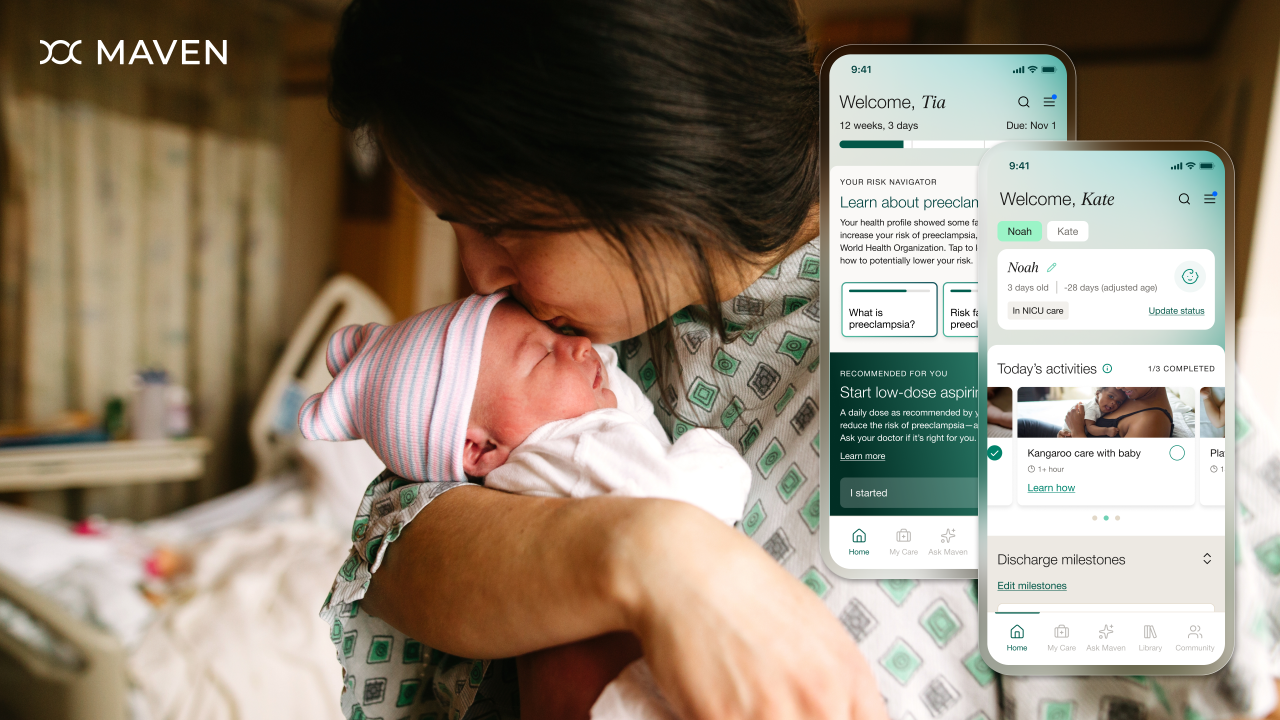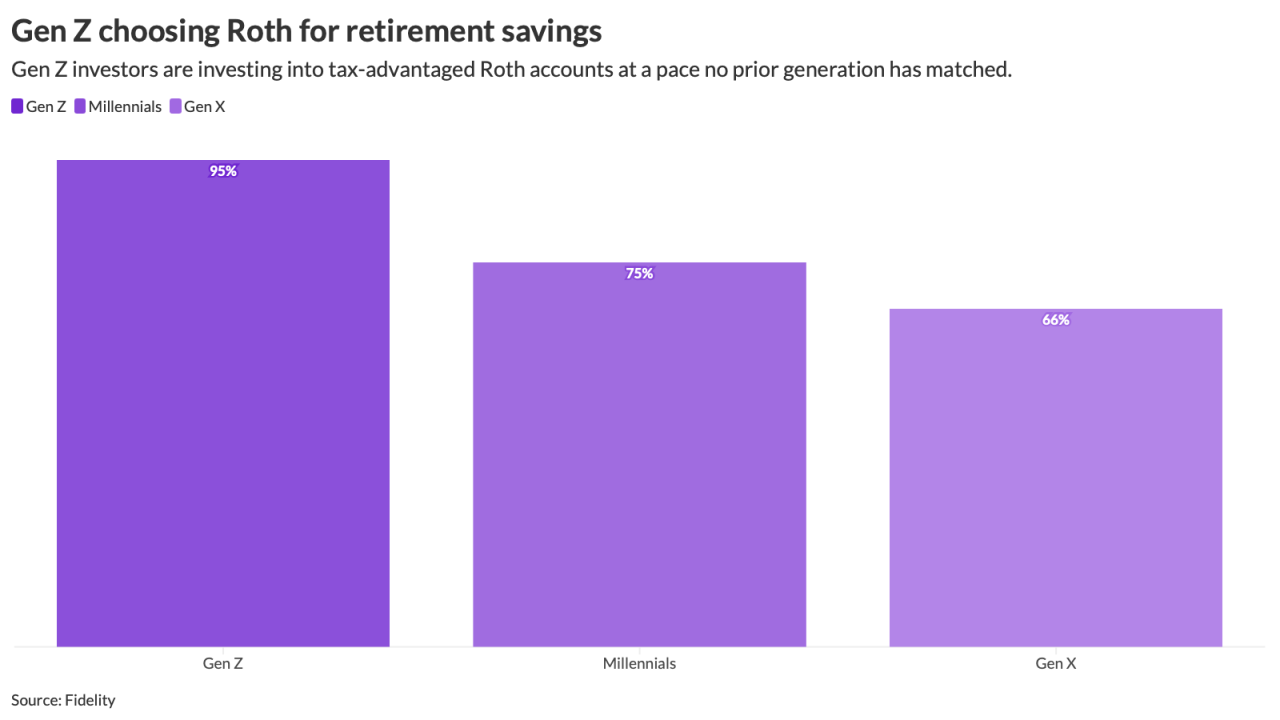Despite the significant push to improve mental health benefits, the
Among adults who reported fair or poor mental health, only 39% of Black and 36% of Hispanic adults say they received mental health services in the past three years, according to data from the Kaiser Family Foundation. This compares to 50% of white adults — a discrepancy that organizations can help address through
"We know that minority communities face significant challenges accessing mental health treatment, with stigma also serving as a barrier," says Abinue Fortingo, principal population health consultant at insurance and risk management firm Brown & Brown. "Ensuring that those communities gain that access remains a priority and it's something leaders should be working to solve for."
Read more:
But creating access means more than just having mental health benefits, Fortingo says. Those benefits also
As a result, many
"The relationship between the patient and the provider is really important," Fortingo says. "Leaders need to understand this challenge and ensure that in their network are providers who come from backgrounds that understand the minority workforce, who can relate to them and who can speak to them in a shared language."
Keeping mental health accessible and diverse
Most
Read more:
"That means sending out communications, [like mailers and email] translated in multiple languages for populations where English may not be the primary language spoken at home," Fortingo says. "Use imagery and language that resonates and helps remove any stigma associated with seeking mental health treatment in some communities."
Making mental health benefits inclusive is a continuous effort, and requires
"The goal is not to make managers or leaders therapists — that is not their role," Fortingo says. "It's simply to give them the education, the tools, the guidance and the skill set so that they can disseminate information on helpful mental health benefits to the workforce."





